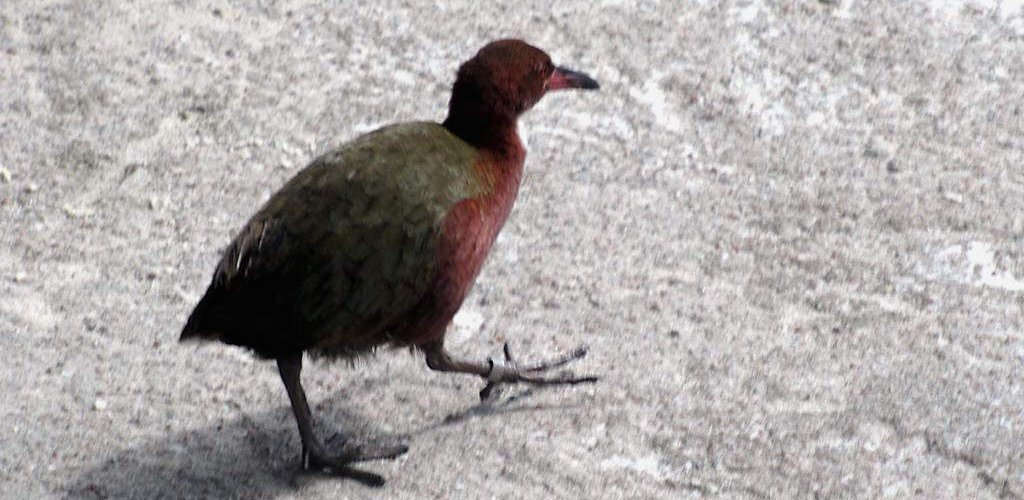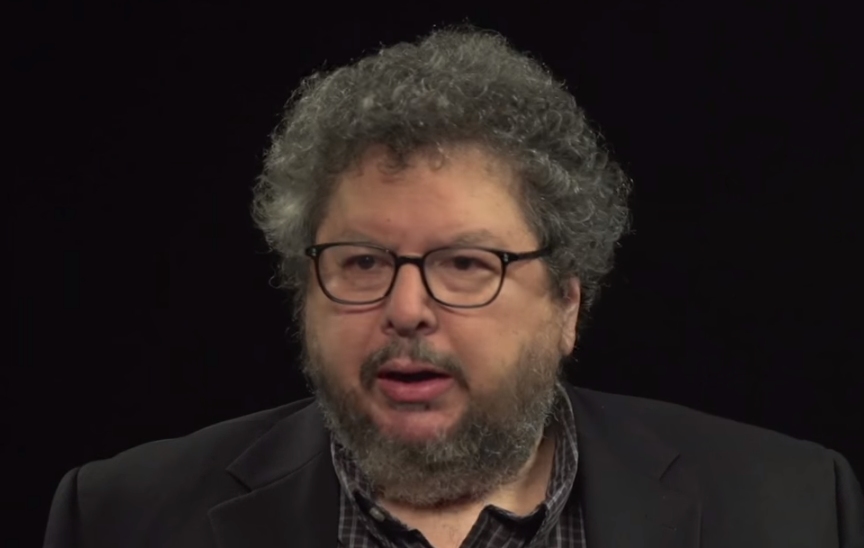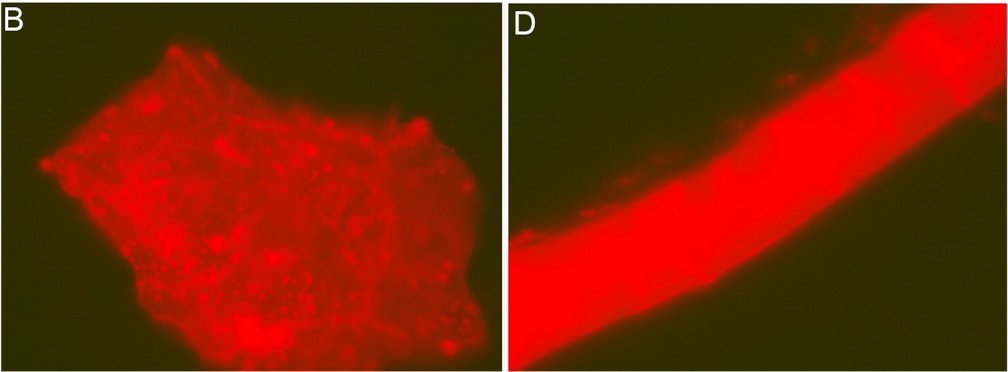
Over the years, I have read (and met) several creation scientists for whom I developed great respect. For example, I consider Dr. John Sanford’s work to be not only brilliant, but also very important when it comes to understanding genetics and evolution. I have been fortunate enough to get to know him personally, and his keen intellect is overshadowed only by his deep devotion to our Lord. I personally think of him as a scientist on par with John Ray or Robert Boyle.
I recently got an email from him promoting a documentary entitled Dismantled: A Scientific Deconstruction of the Theory of Evolution (excerpts here). I am not a fan of documentaries, because they often devolve into propaganda pieces. However, since Dr. Sanford is featured in it, along with other creationist luminaries like Dr. Robert Carter, Dr. Georgia Purdom, and Dr. Nathaniel T. Jeanson, I decided to watch it.
Overall, I was quite pleased. I didn’t like the beginning very much (more about that in a moment), but once the documentary got into the serious science, I thought it did a very good job of communicating important truths about nature in a way that non-scientists can understand.
Early on, for example, it makes the standard (and important) distinction between microevolution and macroevolution. It discusses how dogs descended from wolves and then makes the point that this microevolution is well understood: It involves using selection to discard genetic information instead of producing new genetic information. This, of course, is the opposite of what is needed for macroevolution, the naturalist’s creation myth. To illustrate this fact, the documentary makes the point that you can selectively breed wolves to make Chihuahuas, but because of the loss of information required by the process, you cannot selectively breed Chihuahuas to make wolves. I have never heard it put quite that way before.
The documentary spends a lot of time on human evolution, looking at both the genetic issues and the fossil evidence. Dr. Sanford brings up the “waiting time” problem that he has done original research on, which shows that the genetic changes required to go from some ape-like creature to man would take much, much longer than the evolutionary timescale allows. The Laetoli footprints are discussed, as are many of the other fossil-related problems with human evolution. One of the best parts of this section is where Dr. Carter discusses how evolutionists ignore the measured mutation rates in populations because they aren’t consistent with evolutionary theory. Thus, they replace the known mutation rates with ones that have been calculated to be consistent with evolutionary theory.
Speaking of Dr. Carter, he has the best line in the documentary. Towards the end, he sums up the recent genetic evidence for mitochondrial Eve, Y-chromosome Adam, a human population bottleneck, etc. He discusses how evolutionists didn’t expect any of these things, but they are necessary if the Biblical account is true. He then says:
So what we’re seeing over time is that the evolutionary model is getting more Biblical.
While I had never thought of it that way, I completely agree!
Now before I end, I do want to point out that I strongly disagree with the first part of the documentary, which tries to claim that evolution isn’t really science; it’s history. As such, it’s not the same as the science that cures disease and makes Mars rovers, because it studies something that is not repeatable: the past. This is a very common assertion among creationists, but it is utterly false.
In fact, epidemiology has cured disease by studying the past. More importantly, the study of the past is definitely repeatable. We cannot repeat the past itself, but we can study the evidence related to the past, develop a hypothesis, and then test that hypothesis with more observations of the evidence related to the past. We can repeat such observations in different parts of the world, and if the hypothesis is repeatedly verified, it is just as scientific as a hypothesis about a medical procedure. A theory is scientific if it makes predictions that can be observationally verified. This is true whether the theory is about the past, present, or future.
Despite this glaring flaw, I do think the documentary is worth watching, especially if you need an overview of how the latest scientific discoveries support the creationist position.
NOTE: You can watch the documentary on Answers TV as part of a free trial and then see if you like Answers TV enough to continue the subscription.









